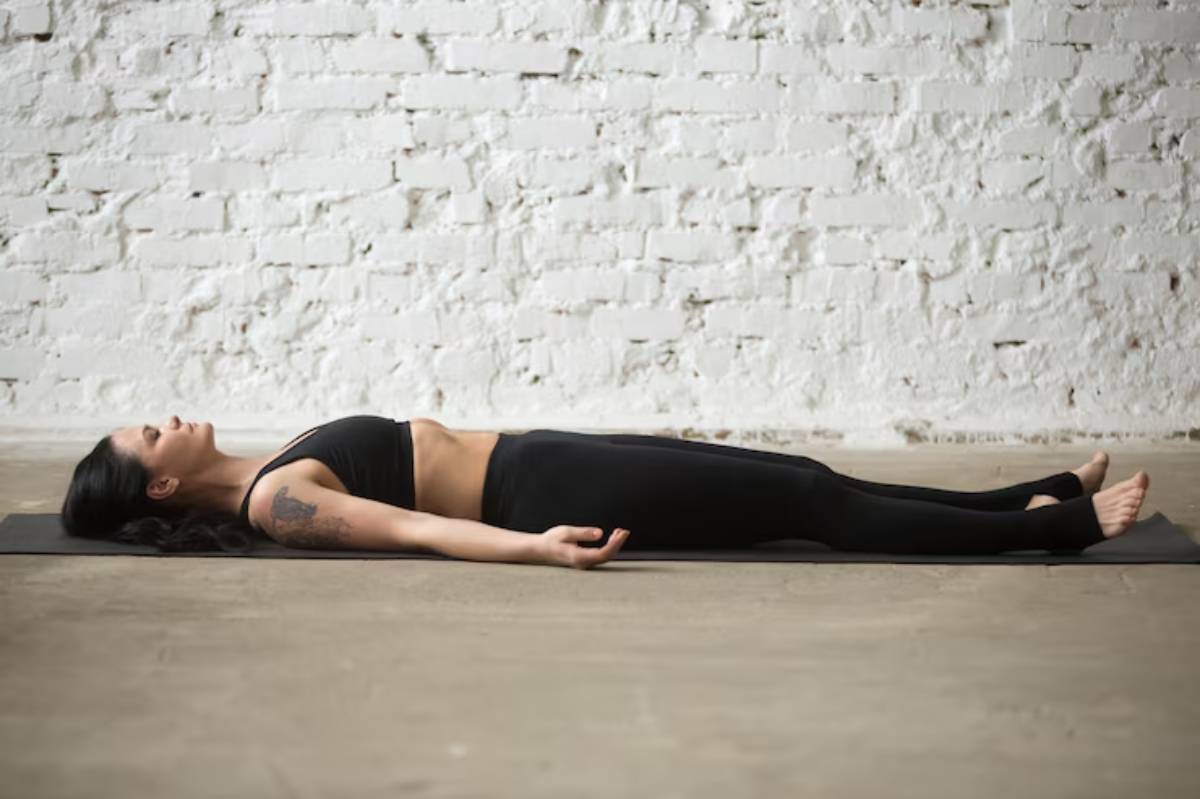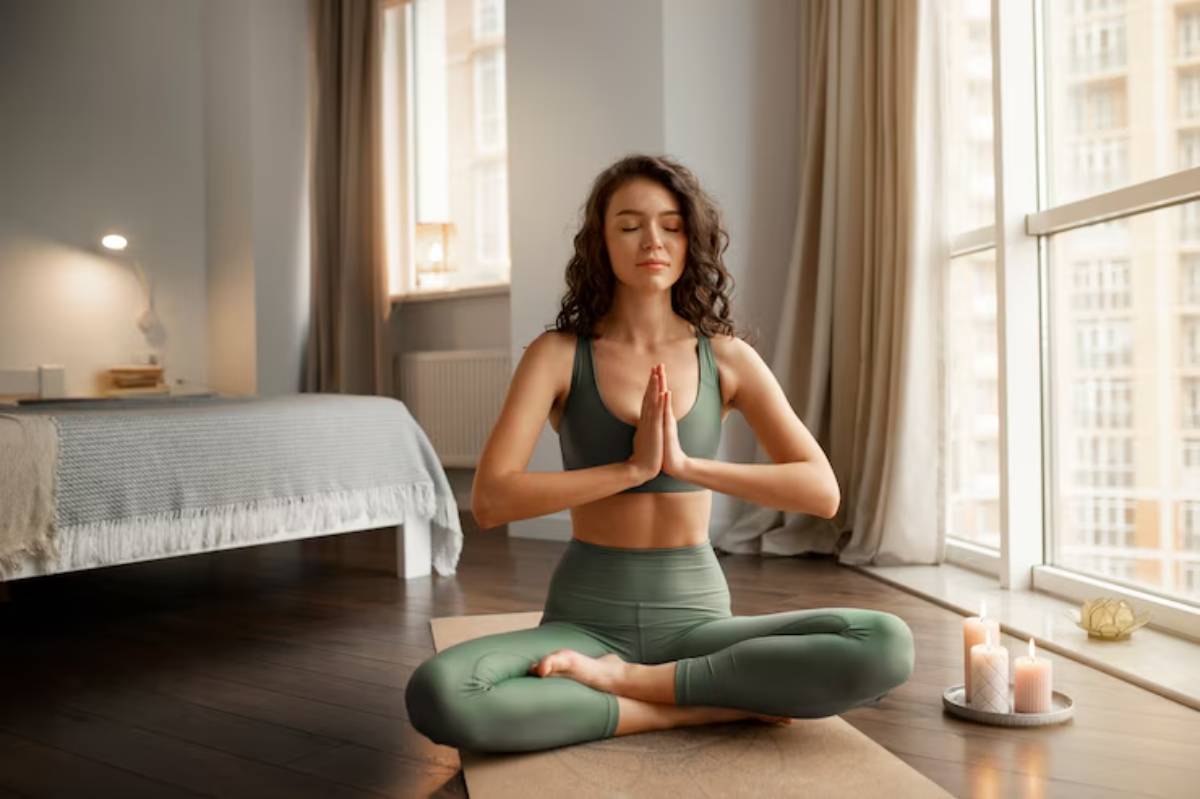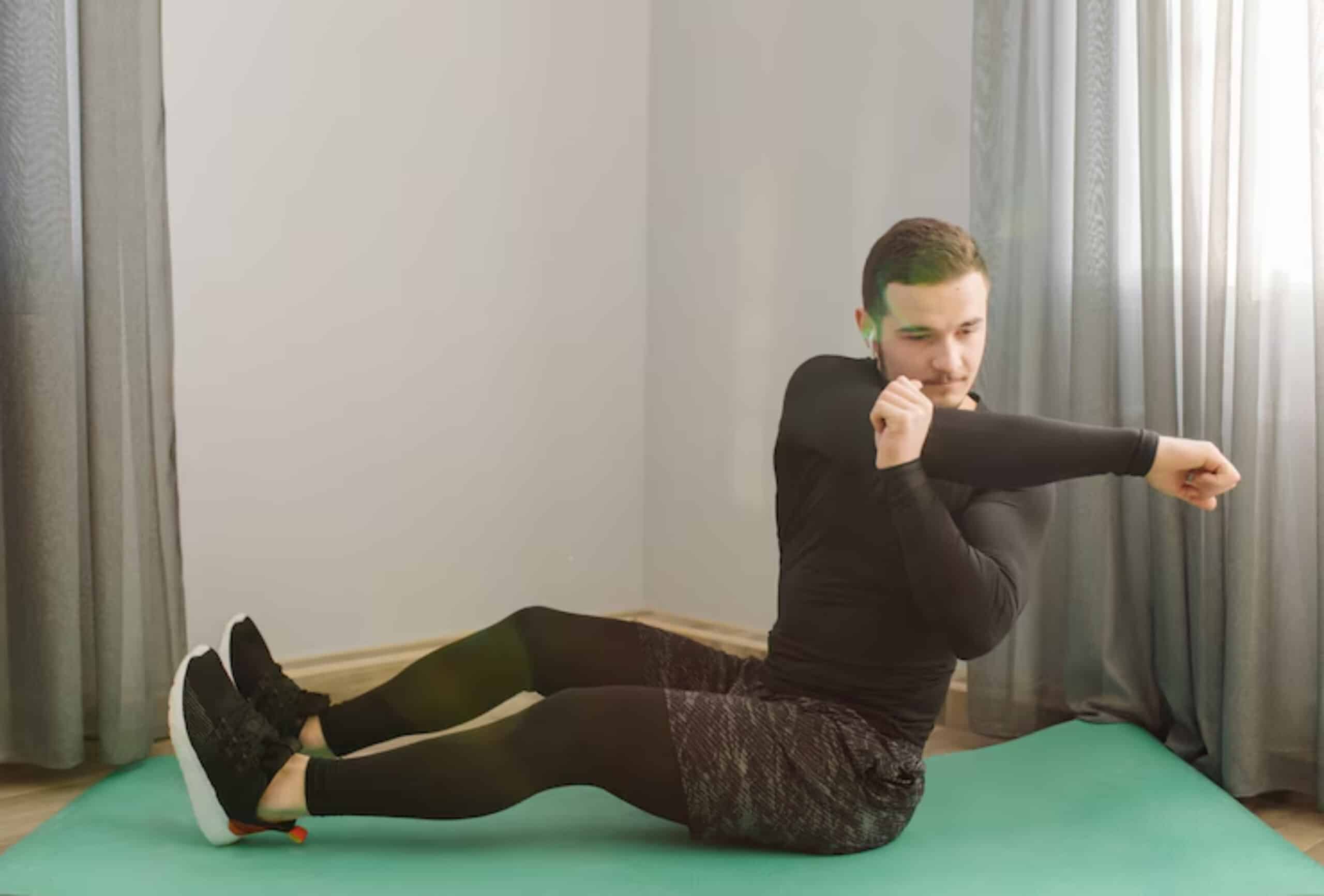
Deep Stretching Yoga for DOMS Relief
We’ve all been there. You power through a tough workout, feeling strong and accomplished, only to wake up the next day barely able to lift your arms or walk down stairs. That familiar ache is DOMS (Delayed Onset Muscle Soreness), and while it’s a sign your muscles are adapting and growing, it can also be downright uncomfortable.
Luckily, you don’t have to just wait it out. With the right movement and mindfulness, you can ease the discomfort. Enter deep stretching yoga for DOMS relief.
This article is your guide to using yoga to ease post-workout soreness. We’ll dive into:
- What DOMS actually is
- How yoga can relieve muscle soreness
- A full muscle soreness yoga sequence
- Breathing and recovery tips
- How to integrate this practice into your weekly routine
Let’s help your muscles relax, repair, and rebound faster—so you can move pain-free and stay on track with your goals.
What is DOMS, and Why Does It Hurt So Much?
Understanding Delayed Onset Muscle Soreness

DOMS typically kicks in 12 to 72 hours after a workout, especially if:
- You’re trying new exercises
- You’ve increased intensity or volume
- You’ve done a lot of eccentric movement (like lowering in squats or push-ups)
Symptoms of DOMS
- Stiffness and tenderness
- Decreased range of motion
- Swelling or inflammation
- Temporary strength loss
It’s part of the repair process, but too much discomfort can interrupt your training schedule or demotivate you altogether.
How Yoga Helps with DOMS Recovery
Gentle Movement Speeds Up Healing
Yoga encourages low-impact movement, which increases blood flow, delivers oxygen to sore muscles, and helps flush out waste like lactic acid.
Deep Stretching Improves Muscle Elasticity
Holding poses for longer durations promotes myofascial release, allowing tight muscles and connective tissue to relax.
Breathwork Activates the Parasympathetic System
Deep breathing soothes your nervous system, shifting you into a “rest and digest” state—crucial for healing and recovery.
Psychological Relief
Yoga also reduces mental stress and anxiety, which can amplify physical tension. A mindful practice means your recovery is both physical and emotional.
Tip: You should never force a stretch. Aim for 60-80% intensity and use props for support.
The Best Time to Practice DOMS Relief Yoga
- 24-72 hours after your workout (once acute inflammation has eased)
- Evenings before bed to help with overnight recovery
- On rest days, to enhance active recovery
This is not the time for power yoga or intense flows. The key is to be gentle, slow, and supported.
Complete Yoga Sequence for Muscle Soreness Relief (30 Minutes)
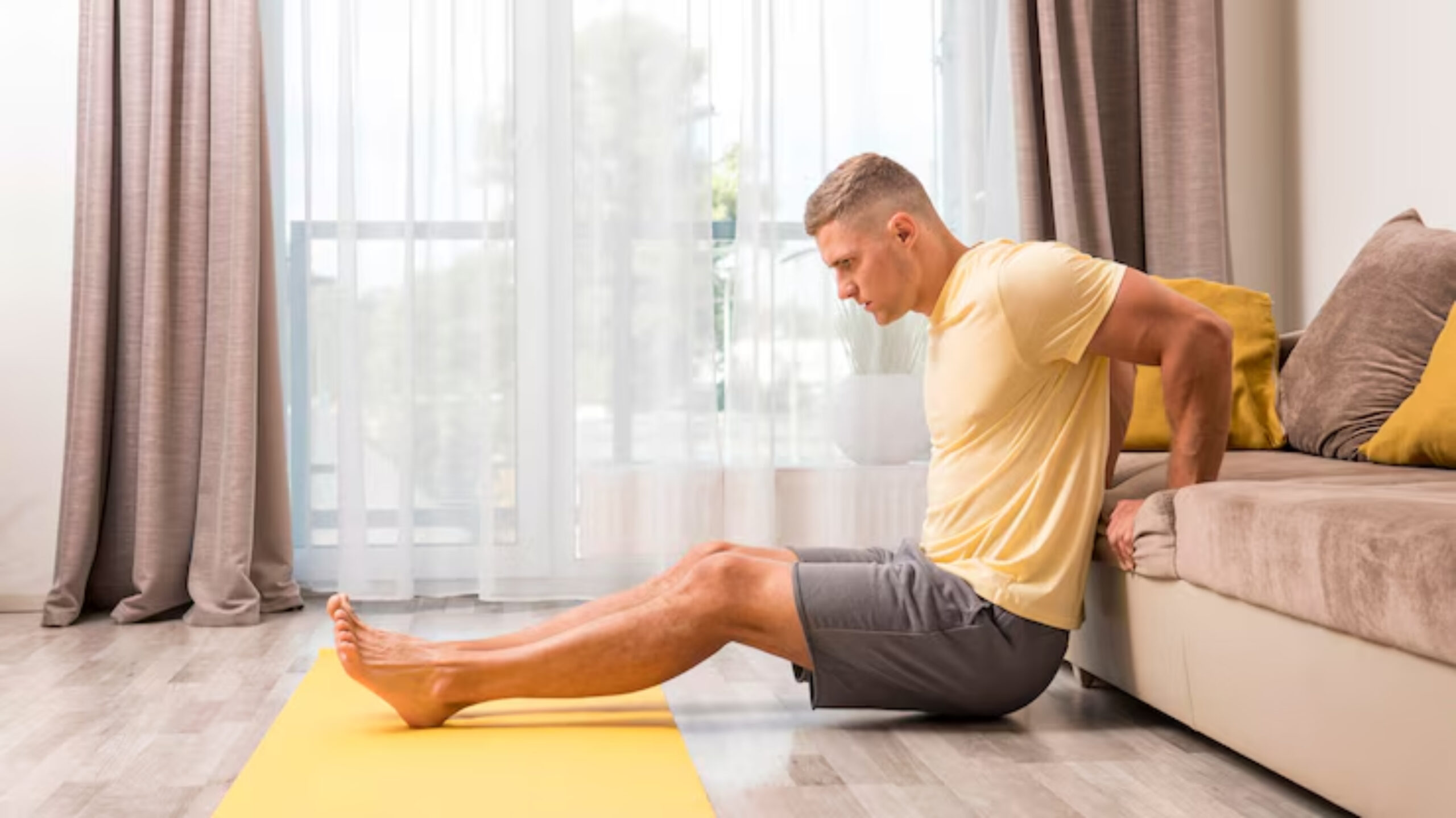
This sequence is designed to target full-body soreness with a focus on commonly tight areas like hamstrings, glutes, quads, shoulders, and back.
Props You Might Need:
- Yoga blocks
- Strap or towel
- Bolster or pillow
- Blanket or mat
Warm-Up Phase (5 minutes)
1. Reclining Bound Angle Pose (Supta Baddha Konasana)
Why: Opens hips and starts calming the nervous system
Tip: Support knees with cushions; breathe slowly for 1-2 mins
2. Cat-Cow (Marjaryasana-Bitilasana)
Why: Gently mobilises spine and core
Tip: Inhale to arch, exhale to round; flow for 1-2 mins
Main Stretch Flow (20 minutes)
3. Low Lunge With Side Stretch (Anjaneyasana Variation)
Focus: Hip flexors, quads, obliques
Tip: Keep the knee stacked, add a side bend over the front thigh
4. Half Splits (Ardha Hanumanasana)
Focus: Hamstrings, calves
Tip: Use blocks to support hands; hold 30-60 seconds on each side
5. Thread the Needle (Supine Figure Four)
Focus: Glutes, piriformis, lower back
Tip: Pull gently and relax shoulders; switch legs
6. Child’s Pose (Balasana)
Focus: Spinal decompression, hips
Tip: Knees wide, arms forward or under head; stay for 2 mins
7. Seated Forward Fold (Paschimottanasana)
Focus: Hamstrings, back, calves
Tip: Sit on a folded blanket; lead with chest, not chin
8. Supported Reclined Twist (Supta Matsyendrasana)
Focus: Spine, obliques, hip flexors
Tip: Keep both shoulders grounded; support the bent knee with a block
9. Legs-Up-the-Wall (Viparita Karani)
Focus: Reduces swelling, aids venous return
Tip: Elevate hips on a bolster for added comfort; hold 3-5 mins
Cool Down (5 Minutes)
10. Savasana With Deep Breathing
Why: Integrates the practice and promotes nervous system reset
Tip: Use an eye pillow, play soft music, and focus on breath rhythm
For more post-workout relief options, check out Yoga for Muscle Recovery After Lifting Weights.
How to Breathe During Deep Stretching
Use diaphragmatic breathing (belly breathing) during all poses:
- Inhale deeply through the nose, expanding the belly
- Exhale slowly through the mouth or nose, letting the tension release
Try this breath ratio:
- Inhale for 4 counts
- Exhale for 6 counts
This longer exhale activates the vagus nerve, signalling your body it’s safe to relax and heal.
Enhancing Results with Aftercare
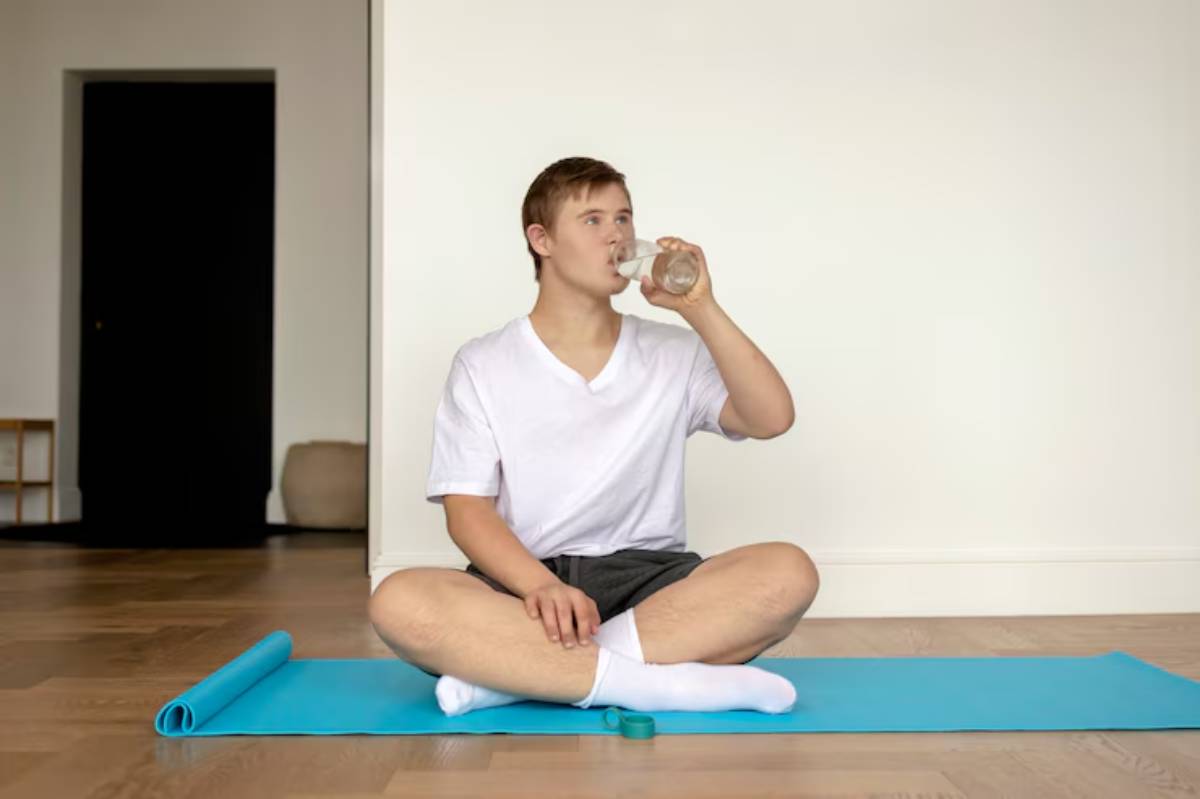
After your yoga session:
- Stay hydrated to flush toxins
- Eat protein and anti-inflammatory foods (e.g. berries, leafy greens)
- Avoid cold compresses unless there’s an injury
- Get quality sleep — recovery is most powerful at night
Consider using a foam roller or massage gun before yoga to prep tight tissues.
Common Mistakes to Avoid
- Stretching too hard: This can worsen micro-tears
- Skipping breath: Muscles resist change without oxygen
- Poor alignment: Use props and mirror feedback when possible
- Rushing through: The longer the hold, the deeper the release
Success Stories: Real Relief in Real Bodies
Olivia, 28, Fitness Instructor, “I used to dread leg days because of the aftermath. Doing this yoga flow before bed cuts my soreness in half.”
Marcus, 40, is a Gym Enthusiast. “This isn’t just stretching. It’s rehab. I now schedule yoga into my week just like I do my workouts.”
Jade, 35, New to Lifting “I never thought yoga could feel so good on sore muscles. It’s the one thing that makes me look forward to rest days.”
How Often Should You Do This Routine?
- After every intense workout (within 24-48 hours)
- 2-3 times weekly on recovery days
- Daily, if soreness or stress is high
Listen to your body. If it feels better after, you’re on the right track.
Conclusion: Stretch Deeper, Recover Smarter
You don’t have to suffer through soreness in silence. With just 30 minutes of deep, mindful movement, you can shift from tight and achy to relaxed and rejuvenated. Delayed onset relief yoga doesn’t just feel good—it supports your training, mobility, and long-term health.
Remember, growth happens in recovery. Give your body the tools it needs to bounce back stronger and smarter.
Ready to unwind that soreness? Grab your mat, dim the lights, and start this restorative journey. And don’t forget to share your favourite recovery pose or tag us in your next stretch session!
